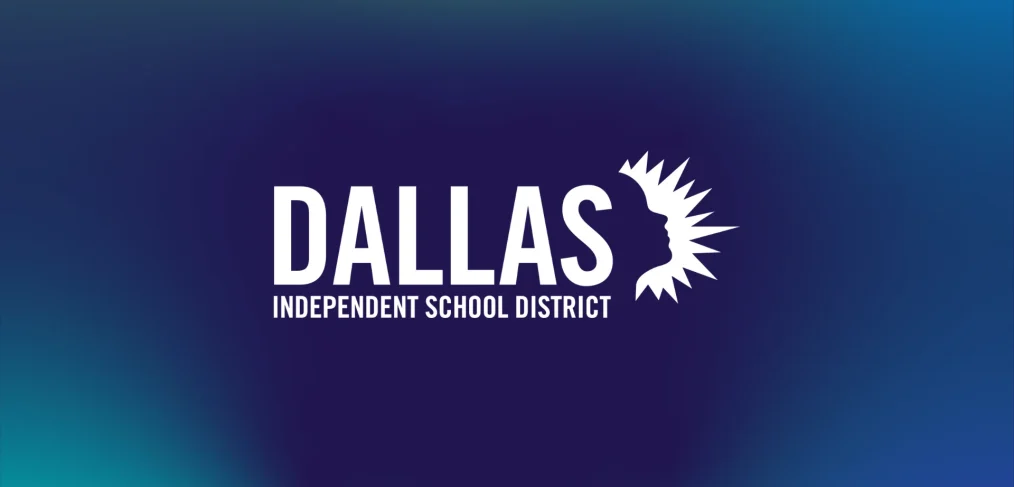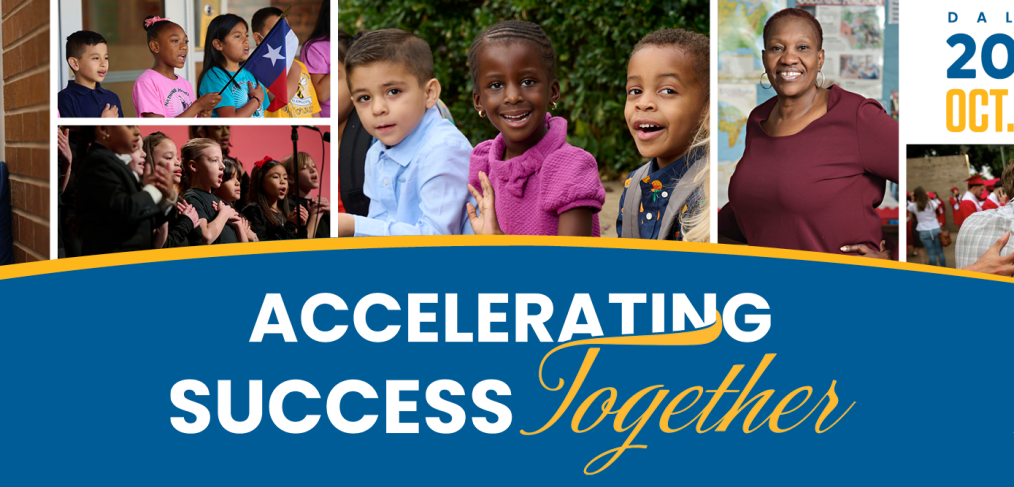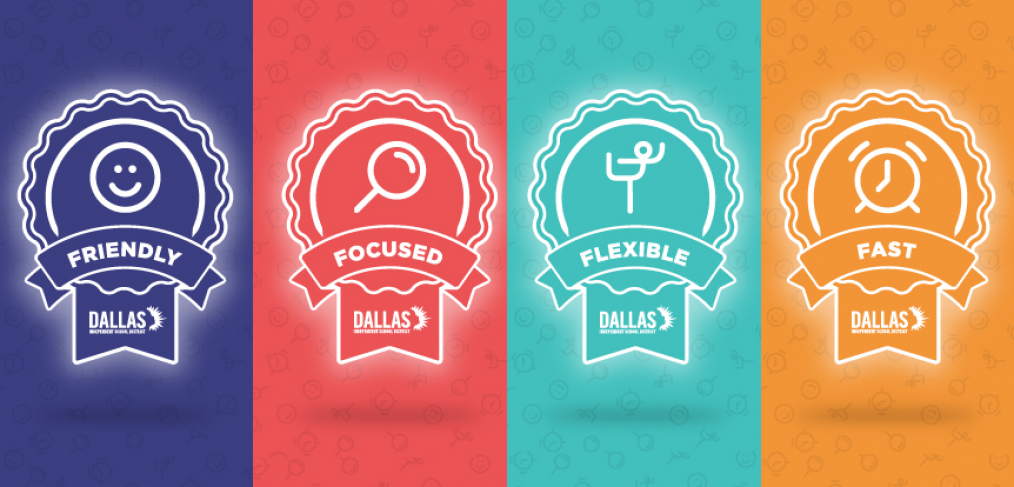Dallas ISD is giving the boot to breast cancer during October—Breast Cancer Awareness Month— by sharing information and stories of survivors and caregivers. Team members from across the district shared their stories and advice about survival and caring for loved ones with breast cancer.
If you are a breast cancer survivor or someone who has supported a survivor, we want to hear your story and share it with others throughout the month of October. If you want to share, please, fill out this form. Download the flier with tips and information about breast cancer.
Show your support for giving breast cancer the boot by participating in the district’s Pink Out Days—Thursday, Oct. 19, and Friday, Oct. 20—to bring additional awareness to the need for regular check ups, mammograms and other prevention tips. Employees who wear pink on these days will be able to wear jeans on one of the days.
Dallas ISD team members share their stories
(We will continue to share stories in the coming weeks as they are received.)
Jamesia Dykes
J.L. Long Middle School
I was diagnosed with breast cancer in March 2022. Through a year-long battle of chemo, radiation, and surgery, I continued to teach and attend grad school. I am now CANCER FREE by the grace of God but the fight continues.
What advice would you give others? Stay positive, have hope, and keep fighting.
Sheryl Thompson
Substitute
Prior to the November 2019 break, my younger sister called our mother to say, “My cancer is back.” My mother and I drove to Houston to find that my sister had been in the hospital eight days, and her cancer stage was advanced to the point that it would eventually shut down all of her organs. I spent 58 days in Houston caring for my sister and my 16-year-old niece. Every day was interesting, as she was a character, finding bits of humor in common things and reminiscing about past events in our childhood. She told me she loved me every day that she could, and I told her that I loved her, too. My only sibling began to fade away on Dec. 29, and she took her final peaceful breath on Dec. 30 with our mother.
What advice would you give others? As a former caregiver to a breast cancer patient, surround yourself with pictures, words and memories that are encouraging for both caregiver and patient.
Priscilla Jimenez
Edward Titche Elementary School
I am a Breast Cancer Survivor since 2016
What advice would you give others? To always get your mammogram check-up.
Katie Moser
J.L. Long Middle School
My Mom, Martha Moser, has had breast cancer since the beginning of 2020. She is an art teacher at Maria Moreno STEAM Academy and is fighting the good fight. She is a strong and determined woman who has continued to teach through COVID and while going through chemo. We pray that one day she can say she is cancer free, but until then, we are just thankful she is still with us. We love her and are so proud of her.
What advice would you give others? Never give up and lean on the support of your family and friends. We are here to support you. We are a family!
Jami Utrera
Dual Language/ ESL Department
I had pain and a tiny lump and thought it was nothing. Most research says that breast cancer lumps are not painful. I put off going to the doctor until I broke a toe in October of 2020 during COVID. By this time, the cancer had spread to surrounding tissue, which meant more treatments, surgery, chemo, radiation and various treatments for another 10 years.
What advice would you give others? Get your mammograms on time, do self-checks and follow up with your doctor immediately if you notice any changes in your body.
Gema de Jesus Ramirez Gonzalez
Adelfa Botello Callejo Elementary School
My mother is a breast cancer survivor. She was diagnosed with cancer the year my only son was born. She was supposed to travel to take care of me after the delivery, but instead, she needed to go through chemo and the surgery that saved her life. She is still with us 27 years later,.
What advice would you give others? The importance of having a breast cancer screening at least once a year, especially if there’s a history of cancer in the family. Time is of the essence.



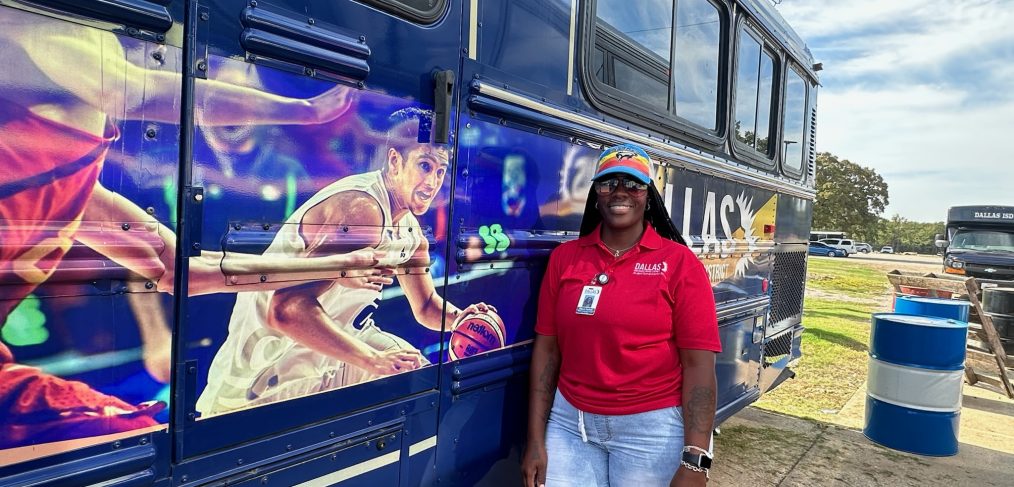
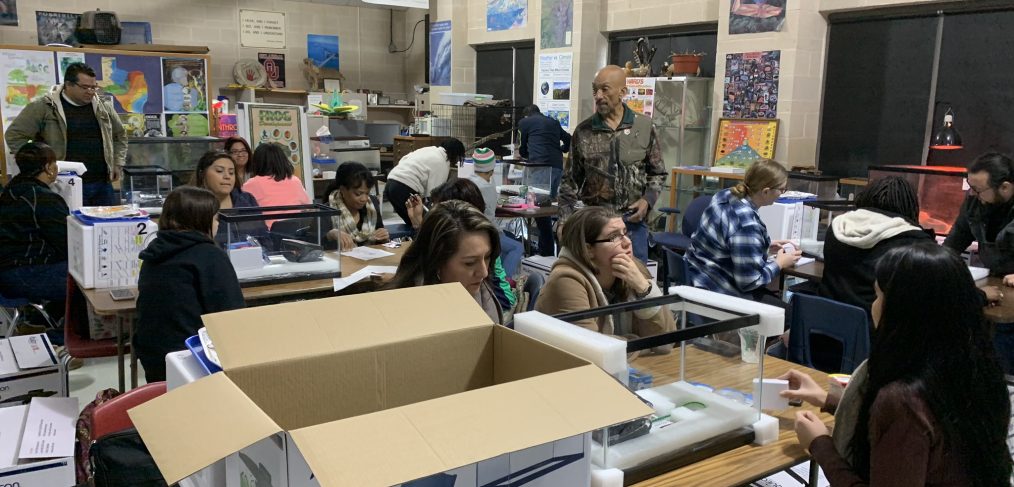
 With 48 years of teaching experience and 31 years in Dallas ISD, Monroe has seen students alight with curiosity and wonder time and time again when interacting with living creatures like guppies, goldfish, Gambusia (or mosquitofish), and more.
With 48 years of teaching experience and 31 years in Dallas ISD, Monroe has seen students alight with curiosity and wonder time and time again when interacting with living creatures like guppies, goldfish, Gambusia (or mosquitofish), and more.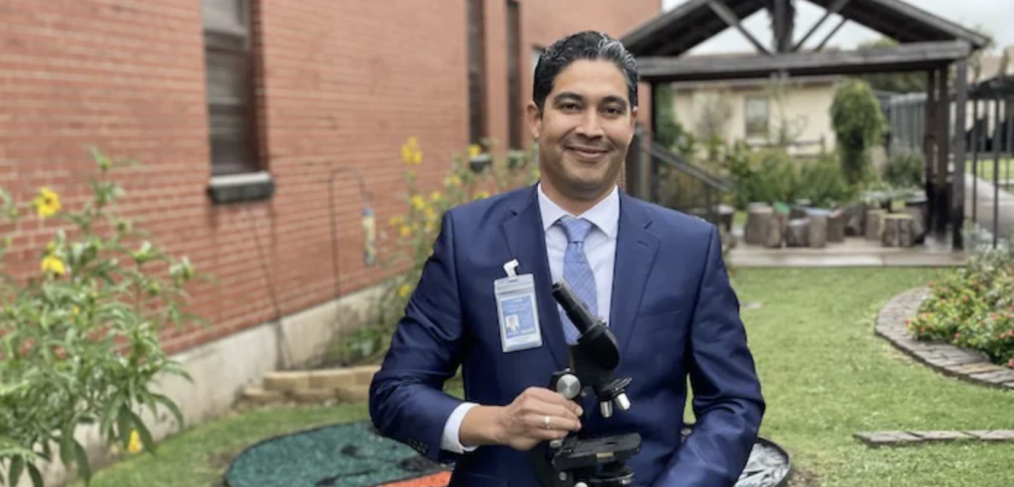
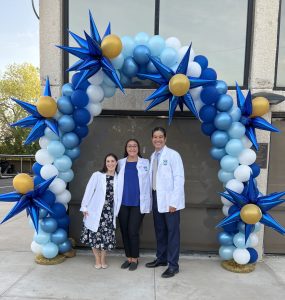 “During Hispanic Heritage Month, they will see what Hispanics can bring to the table and the struggles we have had,” Gonzalez said. “But I also look for ways to highlight every student on campus. We will celebrate Black History Month, Asian American and Pacific Islander Heritage Month, and more, and we won’t just talk about it. We will try to live it and make our students feel at home.”
“During Hispanic Heritage Month, they will see what Hispanics can bring to the table and the struggles we have had,” Gonzalez said. “But I also look for ways to highlight every student on campus. We will celebrate Black History Month, Asian American and Pacific Islander Heritage Month, and more, and we won’t just talk about it. We will try to live it and make our students feel at home.”